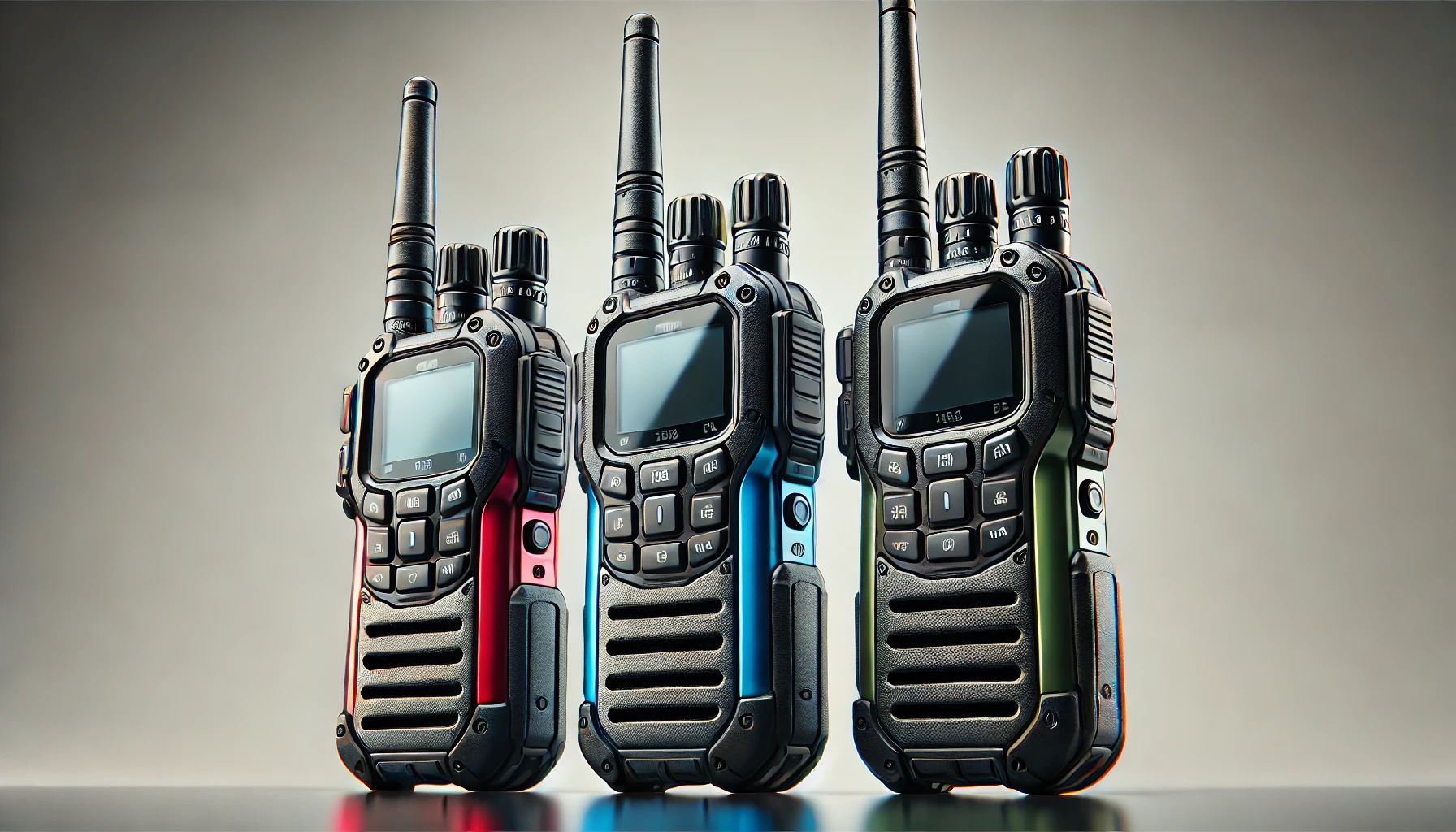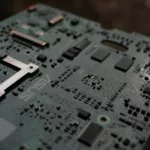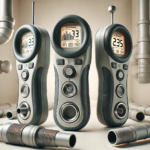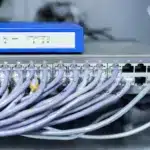
Introduction
Effective and reliable communication is the backbone of any successful operation in various settings. While smartphones have dominated digital communications and offer a reliable way to connect with others, walkie talkies still hold a staple position in situations where traditional phone networks might be unavailable or unreliable. This article explores the intricacies of walkie talkies, their functionality, and how they enhance communication and efficiency across different facilities.
What are Walkie Talkies? Exploring Their Functions and Significance
They are also called two-way radios, are portable handheld communication devices well-designed to transmit and receive voice messages over a specific radio frequency. These instant communication tools use radio waves to communicate directly with other devices. A walkie talkie is an effective tool for communication over shorter distances and areas with poor or no cellular coverage. This short-distance and non-cellular communication capability of two-way radios makes them a reliable choice compared to mobile phones, which rely on cellular networks.
The significance of such components lies in their ability to function in environments where other communication devices fail. They are also favoured due to their versatile functionality across different applications, long battery life, cost-effectiveness, convenience, safety, efficient coordination, and robust durability.
How Do They Work?
Walkie talkies operate on a half-duplex communication system–one user is transmitting; others can only listen. These handheld tools comprise key components that drive their functionality and include transmitters, receivers, antennas, push-to-talk buttons, speakers, microphones, and batteries. When the push-to-talk (PTT) button is pressed, the device switches to transmit mode, sending the user’s voice to other devices at the same frequency. Upon releasing the PTT button, the device reverts to receive mode, allowing the user to hear any incoming transmissions.
Walkies vs. Smartphones: A Brief Comparative Analysis
Both walkie talkies and smartphones are high-performance communication devices; however, they have differences and serve different purposes. These tools differ in terms of functionality, range, battery life, cost, portability, and design. Walkie talkies offer instant, push-to-talk functionality without cellular networks and are ideal for instant, short-range communication in situations where reliability and simplicity are paramount. In contrast, smartphones offer a broader range of features and capabilities, such as voice calls, text messaging, internet access, multimedia, and more. Additionally, smartphones are not as suitable for immediate, hands-free communication over short distances compared to two-way radios.
Exploring Their Varieties
These devices are available in various forms based on their features, transmission range, environments, and specific industries. Some popular walkie talkie types include:
Analog and Digital
Analog walkie talkies have been around for decades and are known for their simplicity and reliability. Digital models, on the other hand, offer enhanced features such as noise cancellation, encryption, and better battery efficiency.
Consumer and Professional
Consumer walkie talkies are designed for personal use and often feature fewer channels and a shorter range. Professional models, however, are built for demanding environments, with rugged designs, higher power output, and advanced functionalities.
Short-Range vs. Long-Range Walkie Talkies
Short-range walkie talkies are designed to offer a shorter range of communications (up to 2 miles). They are compact, easy to use, and more affordable. Long-range walkie talkies, on the other hand, are designed for more demanding outdoor environments with a transmission range extending up to 35 miles or more. These models incorporate advanced features and rugged designs built to withstand harsh conditions.
Specialty Walkie Talkies
They are designed for specific industries, such as marine radios for boating, aviation radios for pilots, and waterproof models for outdoor enthusiasts. These specialised devices cater to the unique needs of different users.
How Do They Enhance Efficiency and Communication in Different Fields?
Walkie talkies are indispensable tools in various fields, enhancing efficiency and communication. From construction sites to emergency services, these devices provide instant, reliable communication between team members. In industries like manufacturing and logistics, they streamline operations by allowing workers to coordinate tasks, report issues, and seek assistance promptly. Additionally, walkie talkies are crucial for maintaining safety, as they enable quick alerts and responses to potential hazards.
Walkie Talkies for Various Industries: Their Broad-Range Applications Explained
They find versatile applications across multiple sectors and services, such as:
- Walkie Talkies in Business and Industrial Settings – Walkie talkies are widely used in industries such as construction, hospitality, and retail. They enable instant communication, improving coordination and safety on job sites and in large facilities.
- Emergency Services – Emergency responders, including police, firefighters, and paramedics, rely heavily on two-way radios for real-time communication during critical situations. The reliability and robustness of these devices are crucial in life-and-death scenarios.
- Recreational Uses – Two-way radio devices are popular in recreational activities, including hiking, camping, and skiing, where mobile phone signals may be unreliable. They provide a convenient and reliable means of staying in touch with group members.
- Walkie Talkies in Schools and Campuses – In educational institutions, a walkie talkie facilitates campus security, event coordination, and communication between staff members. They ensure swift responses to incidents and streamline day-to-day operations.
Takeaway
Walkie-talkies are powerful short-to-medium communication tools that significantly boost operational efficiency and safety across many fields. Integrated with advanced features like long battery life, multiple channels, and noise-cancelling technology, two-way radios ensure that users stay connected, even in challenging environments. However, choosing the suitable model for your needs can boost communication and efficiency.




















